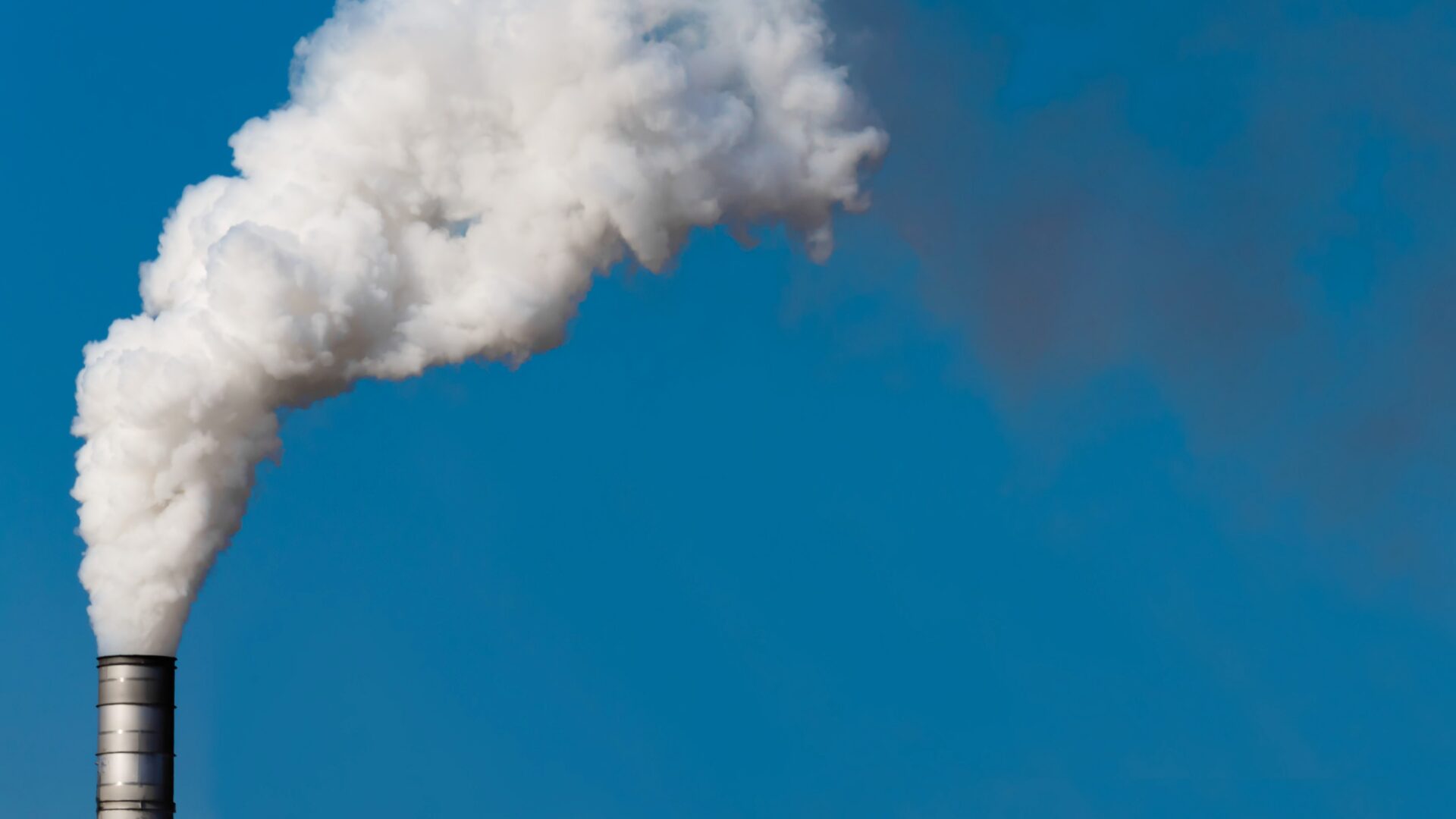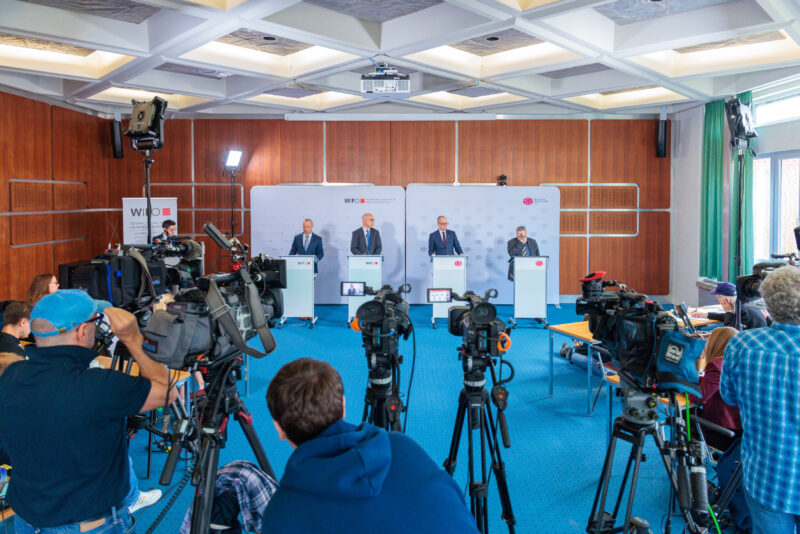
Economic Downturn Reduces Greenhouse Gas Emissions in Austria by 9.9 percent
The decrease in climate impact is the direct result of the change in value added, which will decline in almost all sectors. The sectors most affected will be hotels and restaurants and other services with –24.5 percent, manufacturing including mining with –13 percent and transport with –10 percent compared to 2019. However, emissions will not decrease to the same extent. As the release of some greenhouse gases will not be affected by the economic crisis, the calculated 9.9 percent decrease is slightly less than the decrease in carbon dioxide emissions associated with the burning of fossil fuels and industrial processes.
Uncertainty exists about the actual decline in GDP, which is expected to drop even more sharply in the event of new restrictions. Household behaviour also has a major impact and is difficult to assess. There is currently great uncertainty about travel in the coming weeks. Heavy use of cars could lead to an increase in transport-related emissions.
Greenhouse gas emissions also depend on factors that are not directly related to economic development, such as the number of days for heating or cooling buildings. Therefore, the above-mentioned decrease in emissions should not be interpreted as a forecast of the greenhouse gas inventory for 2020.
In the most recent greenhouse gas inventory, Umweltbundesamt (2020) found that 79 million tonnes of greenhouse gases were emitted in Austria in 2018. This is 0.7 percent more than in 1990, and nearly 70 percent of greenhouse gas emissions in Austria are caused by energy production. Data published by Eurostat in May show an increase in carbon dioxide emissions of 2.8 percent in 2019 compared to 2018 due to increased energy use. It is therefore likely that emissions in 2019 were slightly higher than in 2018.
As the Austrian economy is still closely interwoven with the use of fossil raw materials, the 4.3 percent upturn expected for 2021 will again lead to an increase in greenhouse gas emissions. Ten years ago, emissions increased by 5.5 percent after a 7.6 percent decline in 2009 compared to 2008.
WIFO's model can be used to support decision-makers in identifying those measures that will put Austria on a path of economic development that will enable a decoupling of fossil raw materials and energy sources. In 1990, 317 tonnes of greenhouse gases were emitted per million GDP, in 2018 the figure was a third lower, i.e. by 211 tonnes. The transformation is thus already in its infancy. However, the decoupling and complete avoidance of fossil materials still requires further efforts.
The methodology in brief
The data on expected emission reductions refer to greenhouse gas emissions published by the UNFCCC in April 2020 (Submission 2020 v2), namely "Total CO2 equivalent emissions without land use, land-use change and forestry". This excludes credits from land use, land-use change and forest growth. Emissions from international aviation and shipping and from biomass combustion are not included in the calculations.
References
Eurostat, Im Jahr 2019 sind die CO2-Emissionen aus energetischer Nutzung in der EU gesunken, Press release, 2020, (78/2020).
IPCC (Intergovernmental Panel on Climate Change), 2020, 2006 IPCC Guidelines for National Greenhouse Gas Inventories. Task Force on national Greenhouse Gas Inventories, https://www.ipcc-nggip.iges.or.jp/public/2006gl/ (retrieved on 26. 4. 2020).
Umweltbundesamt, Austria's Annual Greenhouse Gas Inventory 1990 – 2018, Vienna, 2020.
Umweltbundesamt, Austria's National Inventory Report 2020, Vienna, 2020.
UNFCC (United Nations Framework Convention on Climate Change), National Inventory Submissions 2020, https://unfccc.int/ghg-inventories-annex-i-parties/2020 (retrieved on 13. 7. 2020).


























